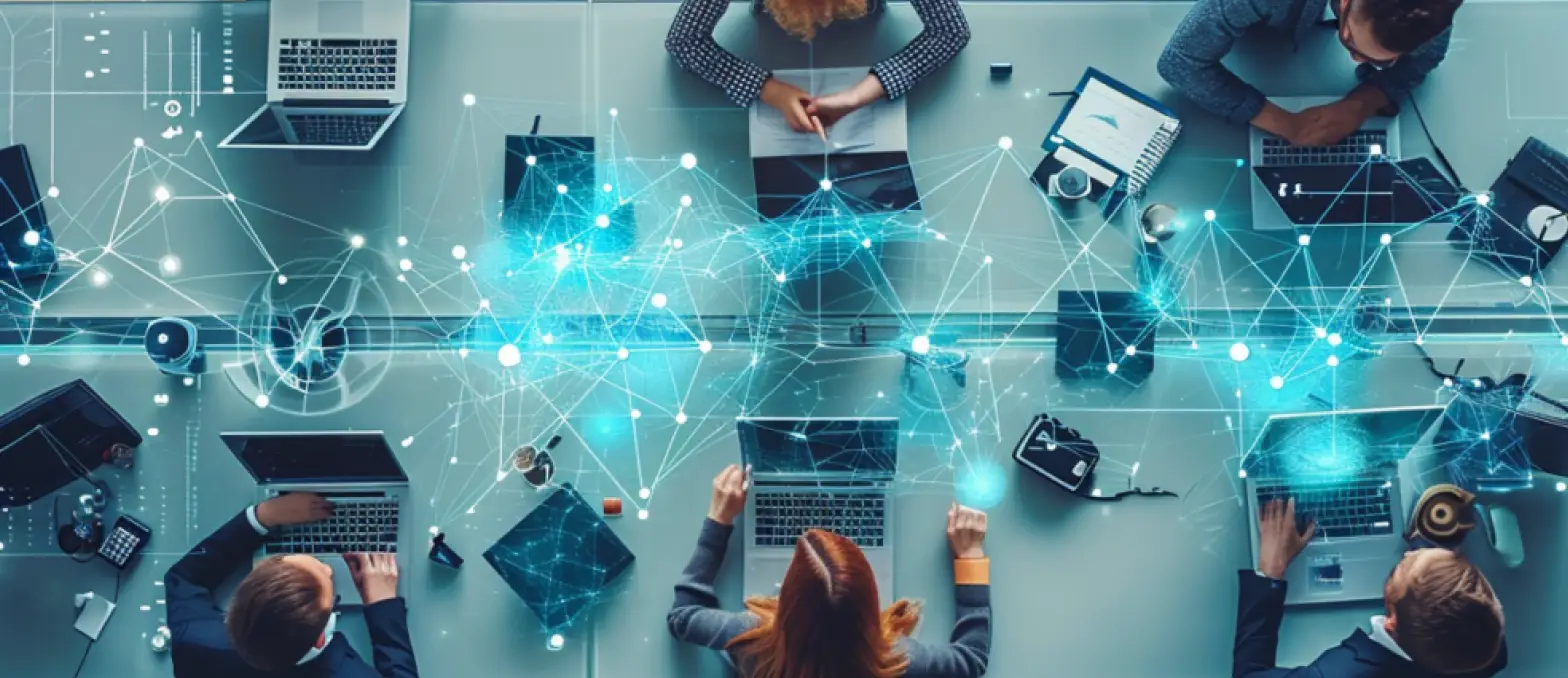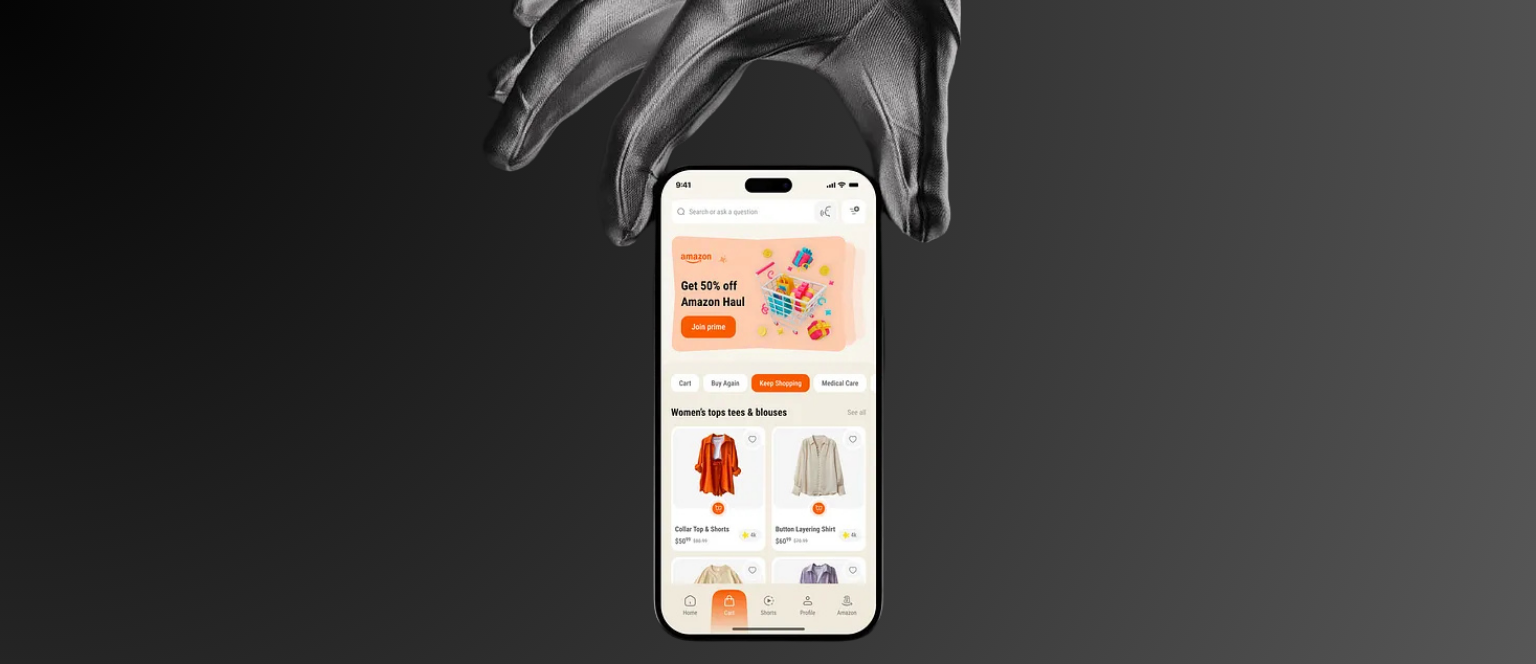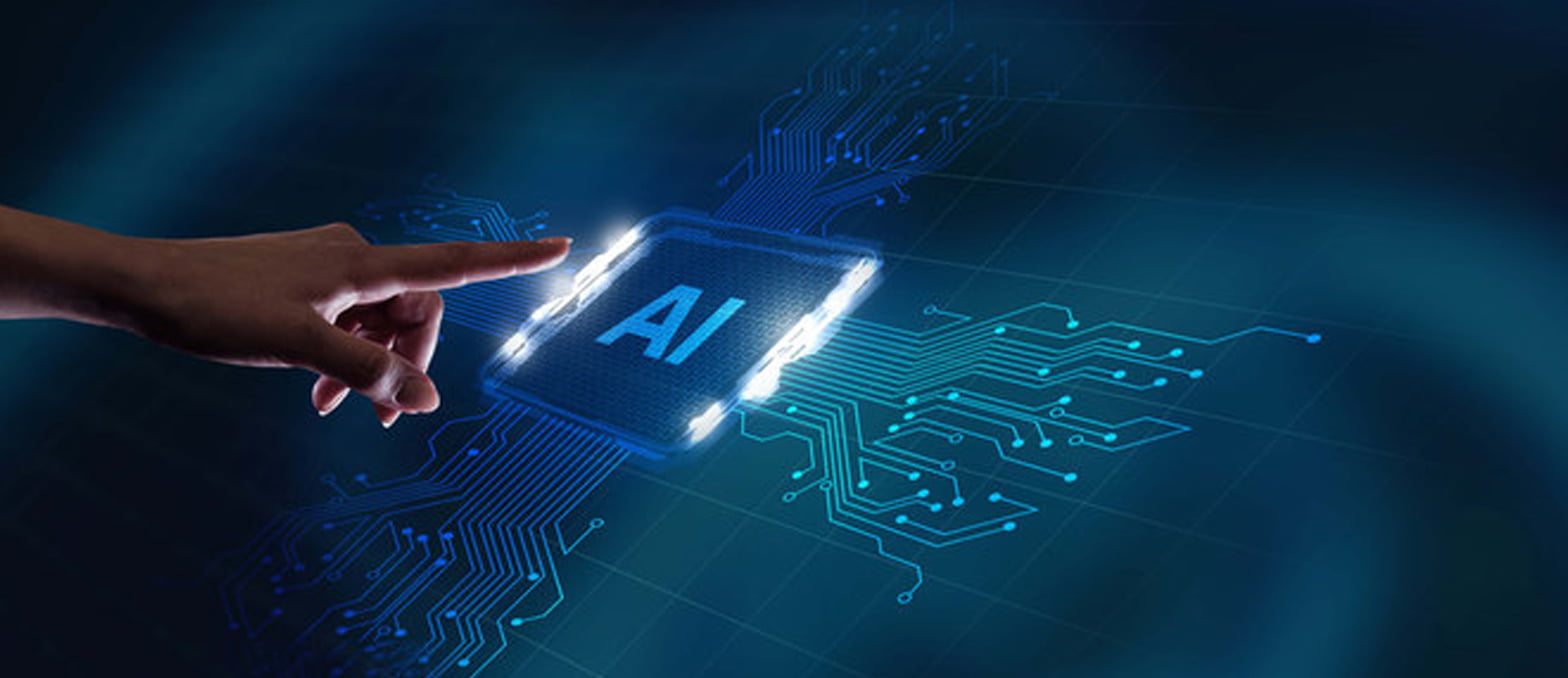Table of Contents
Without any doubt, we can say that technology is evolving every day to make our daily lives better. While we face the biggest crisis of 2020 together, discussing the role of technology solutions in emergency management is important. So, what is the role of technology exactly? Well, advanced technology solutions connect, inform, and save the lives of people during a crisis.
Take the example of China, when COVID-19 first hit here back in January 2020, the country government relied on health monitoring apps to track and monitor its citizen’s health and travel history. This helped save millions of lives out there. Learning from this example, every country’s government, and business owner today can rely on advanced technologies like Artificial Intelligence, IoT, etc. to read and transmit emergency-data for better decision making during a crisis.
The article will provide you with a detailed idea about six emerging technologies that hold great potential to transform the future of emergency management. Read on:
Emergency Communication Apps
Every person today has a smartphone making it the most ideal tool to use during a crisis. Businesses in crisis should build an app for their employees and customers to help them navigate through the emergency. The usage of health monitoring apps by businesses to track employee health during COVID-19 is a prime example today.
Besides this, GPS-enabled, cloud-based apps are also an ideal option for emergency communication. Any country government or local state agency can track its citizen’s health, travel history and provide relief using these apps. For example, FEMA app is used by US people to receive weather reports, emergency shelter locations, and post their photos during any disaster. This app can handle 20 different types of emergencies. So, it’s ideal for you, as a business owner, to build a custom emergency response app to navigate through a crisis.
Find your perfect tech solution here
Blockchain Technology
The transparency and interoperability aspect of Blockchain makes it an ideal option during emergency response. You can incorporate blockchain solutions in your business on an organization-wide level to seamlessly connect with multiple third-parties during any emergency for a coordinated response. See what the expert say on lack of coordinated response during any disaster:
“Rarely does a location struck by a natural disaster lack parties willing to donate aid, in the form of food, medicine, shelter and other essential supplies. The problem is one of logistics. Effective emergency response to a natural disaster requires rapid, coordinated action among multiple parties.”
– Robert J. Bowman, Supply Chain Brain
Multiple parties try to offer assistance in a disaster-hit area if all these parties agree to adopt a blockchain-based shared system where critical data is accessible for everyone, coordinating and responding to disaster would be more efficient. And, it will also ensure resources get allocated to the areas where needed most.
The transparent and immutable records in blockchain ledger are also something that makes it an ideal option to track what resources have been allocated in a particular area and by whom. Data entered once can’t be manipulated in blockchain ledgers which reduce the possibility of possible corruption or diversion of aids by faulty agencies. This can help your business work in a coordinated manner with third-parties like nonprofits and local agencies during a crisis.
Internet of Things (IoT)
IoT refers to a network of devices that can collect surrounding environmental data and exchange information with others with the help of sensors embedded on them. Most large enterprises today are working with local state agencies and governments to deploy IoT technology solutions to track damage and ensure effective communication during a crisis.
For example, IoT along with AI can also help you start your business again after a crisis like COVID-19. To run your business presently, you need three things primarily:
- Work from the home facility for employees
- Physical distance (businesses where stating present is mandatory for work like construction, transportation, etc.)
- Contactless transactions (for businesses like ecommerce)
AI and IoT solutions together offer an answer for all the above needs.
Work from home
Similarly, a company offering remote work can also track the health of workers using IoT-based wearable devices. Companies can also maintain and monitor their assets remotely using IoT-based wearable devices. This simply means enabling the internet in your assets like machines, products (i.e., fridges, watching machines in retail stores). Later on, companies can use predictive analytics to track which products are having an issue to fix them and sell faster once corrected.
To implement such practices in your business, you need to rectify areas where processes can be automated.
Physical distance
To ensure the social distance between workers in a controlled environment (IoT-sensor based) distance calculation can be done and releasing alerts thereafter. It can be done with the help of wearable devices like smartwatches, smart clothes, and helmets. For industries like construction, energy, etc. it is pretty useful.
Contactless transactions
Lastly, we talk about contactless transactions, IoT and AI can help businesses via the concept of smart buildings. Companies can save a lot of energy and budget by building smart cities driven by IoT sensors and devices. Another use case of IoT to minimize the spread of virus-like COVID-19 is controlling the room temperature and making sure windows stay open without touching any surfaces or remotes. Voice-base apps like Alexa can also be used for contactless payments.
Artificial Intelligence and ML Technology
Businesses can build AI-powered applications to save millions of lives worldwide. As a business owner, you can build an AI-powered system to predict and analyze the patterns of natural disasters like floods, earthquakes and tsunamis, etc. By doing this, you can help government and local agencies in planning the infrastructure for disaster-prone areas and ensure the safety of people.
No doubt, predicting long-term trends with scattered past records or data is difficult for AI systems, but you can constantly work to improve the accuracy of these systems. Hire AI developers, gather good quality data and work with dedicated development teams to build future-proof AI solutions. Also, working protectively to build AI solutions, which include Machine Learning and Natural Language Processing tools for smarter data analysis and better disaster management are some solutions to opt-in here.
Social Media
Social media is the most powerful tool during disaster response for survivors. From – Facebook to Twitter, Instagram to LinkedIn – all social media platforms work brilliantly during a natural disaster to communicate information of a stranded person or animal in a damaged house or crisis-hit place. For example, during Hurricane Isaac 2012, government agencies in the City of Orleans use social media for sharing information with public and response partners. People also shared photos and videos of damages, flooding locations, and road closures actively.
Augmented Reality/Virtual Reality
AR/VR during emergency response can assist disaster management organizations to conduct training sessions mimicking real-life scenarios. Responders get their most of training in classroom sessions today. By using AR/VR solutions, you can create simulations that help you employees learn how to tackle various emergencies.
For example, the government of Texas in 2019 built an emergency training model, partnering a digital transformation agency. The people who received training via this AR/VR-based digital model were nearly 30 per cent faster to respond to emergencies compared to ones who received traditional classroom training.
Most industries today are also using AR/VR to innovate their business practices. For example, in real estate, businesses are using AR/VR to provide virtual property tours to customers. Chinese startup Ke.com (Beike) has recently built a VR-based property buying platform which provides a 3D tour of homes to people looking to buy a property. In retail & e-commerce, businesses are building AR/VR-based apps to let customers get a realistic view of the product or services they want to buy. IKEA is one such AR app that enables customers to see how furniture will look like their room.
Request a Demo and See Our Tech in Action
Putting Humanity First!
As natural disasters increase in frequency and capacity, businesses should work with an enterprise software development partner who understands how to utilize technology, data and knowledge to save lives and build communities after a disaster.
At A3Logics, we deliver risk-based, data-driven services and software solutions that make businesses operate with minimal disruption during an emergency or crisis like COVID-19. We have a winning formula of great technology, people, and experience to produce amazing results for all kinds of business – from government agencies to private sector firms.
Drop us a line to know more about how we can help!






